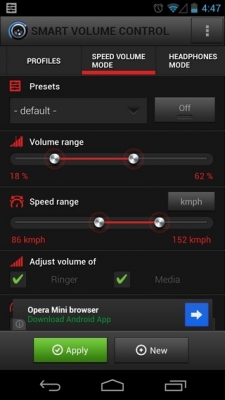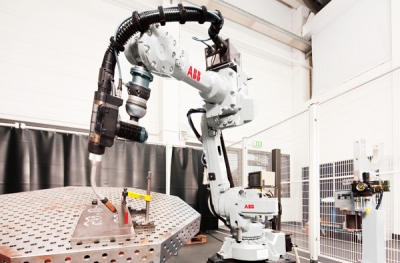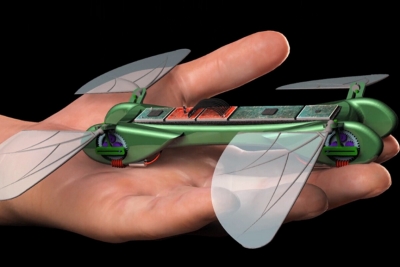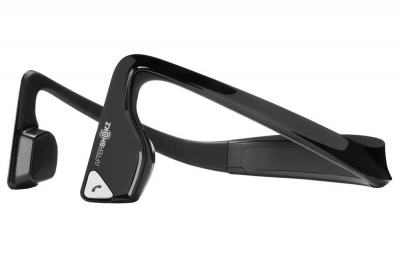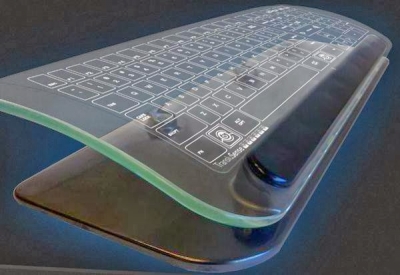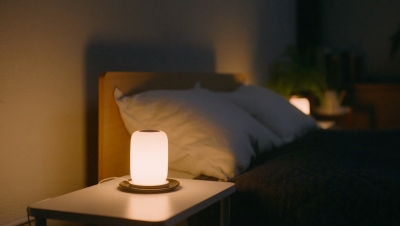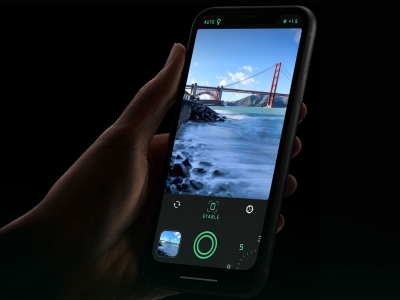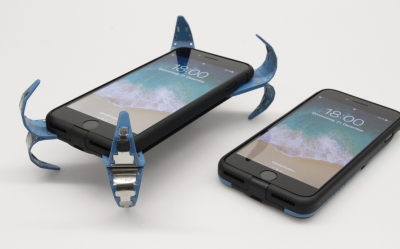Which watch is world's thinnest watch?
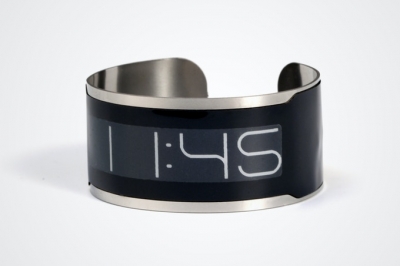
Central standard timing has partnered with E Ink to create the CST-01, supposedly the world's thinnest watch. At 0.8 mm the watch boasts the thinnest profile of any watch on the planet and weighs just 12 gms. The whole package consists of several flexible components that are laminated into a 0.5 mm unit, which is then photo-chemically etched into a piece of flexible stainless steel.
Since it uses e-ink to display the time, it barely uses any power at all. The micro energycell (MEC) that powers the watch can be recharged 10,000 times and lasts over 15 years. And on only a 10-minute charge, the CST-01 will run for up to a month. The MEC contains no toxic chemicals or heavy metals providing safety while being eco-friendly.
The CST-01 comes with a charging base (that you also use to set/program the watch). The base connects with a micro-USB cable that plugs into any standard USB port.
Picture Credit : Google



